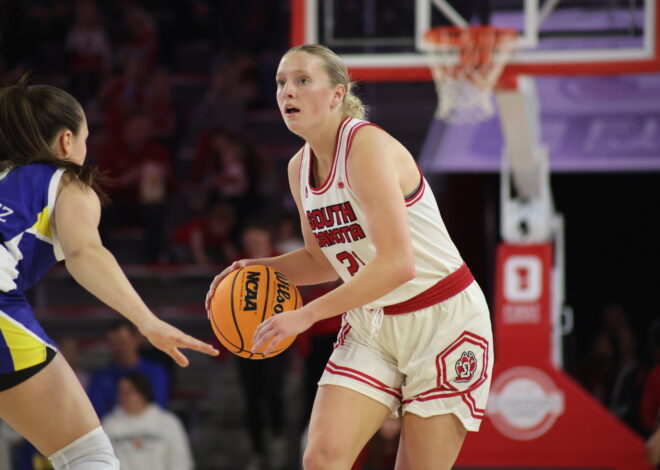COLUMN: The sad state of the Big Ten
When the Big Ten accepted Nebraska as a member of the conference in 2010, college football analysts, experts and fans around the country praised the conference for its decision.
At the time, the Big Ten held a bowl record of 28-41 since 2000 and went just 6-11 in BCS bowl games. Furthermore, Michigan and Ohio State had accounted for the last nine BCS bowl appearances by a Big Ten team.
Nebraska’s entrance to the conference was seen as a move to balance a traditionally top-heavy conference. The addition, combined with the emergence of second-tier programs such as Michigan State and Wisconsin, was supposed to make the Big Ten a worthy adversary to the dominant SEC.
Oh, how the times have changed.
Fast-forward to this season and the Big Ten is further away than ever from challenging the almighty SEC. The prospect of producing a national championship contender is laughable.
After a dismal 4-6 showing in bowl games last season, the Big Ten has disgraced itself during non-conference play this season.
Preseason conference favorite Michigan dropped a golden opportunity in their season opener with defending national champion Alabama.
buy orlistat online https://www.mydentalplace.com/wp-content/languages/new/generic/orlistat.html no prescription
Instead of asserting themselves as potential national title contenders, the Wolverines were drubbed 41-14 on national television by “the Crimson Tide”.
Public humiliation is nothing new to Big Ten teams, as SEC opponents have routinely pummeled them on national television over the past few years.
However, no one could have expected a formerly-explosive Wisconsin offense to come out flatter than a three-week old bottle of Pepsi in their loss to Oregon State. No one could have believed the pride of Nebraska, Bo Pelini’s Blackshirts, would surrender more than 650 yards of offense to UCLA. Even Michigan State, the defending Big Ten champion, strangely lost to Notre Dame on its own field in stunning fashion.
The Big Ten title race is beginning to look like a complete free-for-all since each preseason favorite has a weakness on at least one side of the ball. It is inexplicable how the Big Ten arrived here after looking so promising just one season ago.
Some blame could be pointed to the scandals that occurred over the past two years involving two of the Big Ten’s flagship programs, Ohio State and Penn State. The Buckeyes, possibly the best team in the conference at this point, cannot participate in the postseason due to NCAA sanctions. One could argue further that the negative impact the scandals had on both institutions has reflected back onto the Big Ten’s image.
But this still does not justify the state of mediocrity in which the Big Ten currently resides. There is a troubling pattern to the Big Ten in recent years. Just when the conference looks to be on the rebound, its members somehow manage to ruin any chance to redeem the once admirable reputation.
If Big Ten members continue to display the inability to perform well outside the conference, there will be consequences felt down the road. Quality recruits already flock to the SEC for a chance to play with the best and brightest and the Big Ten will lose even more talent than it already does if it continues to fall on its face against quality opponents. The revenue generated by the Big Ten will decline significantly, too.
If there is a conference that can be expected to fail to meet expectations, it’s the Big Ten.

